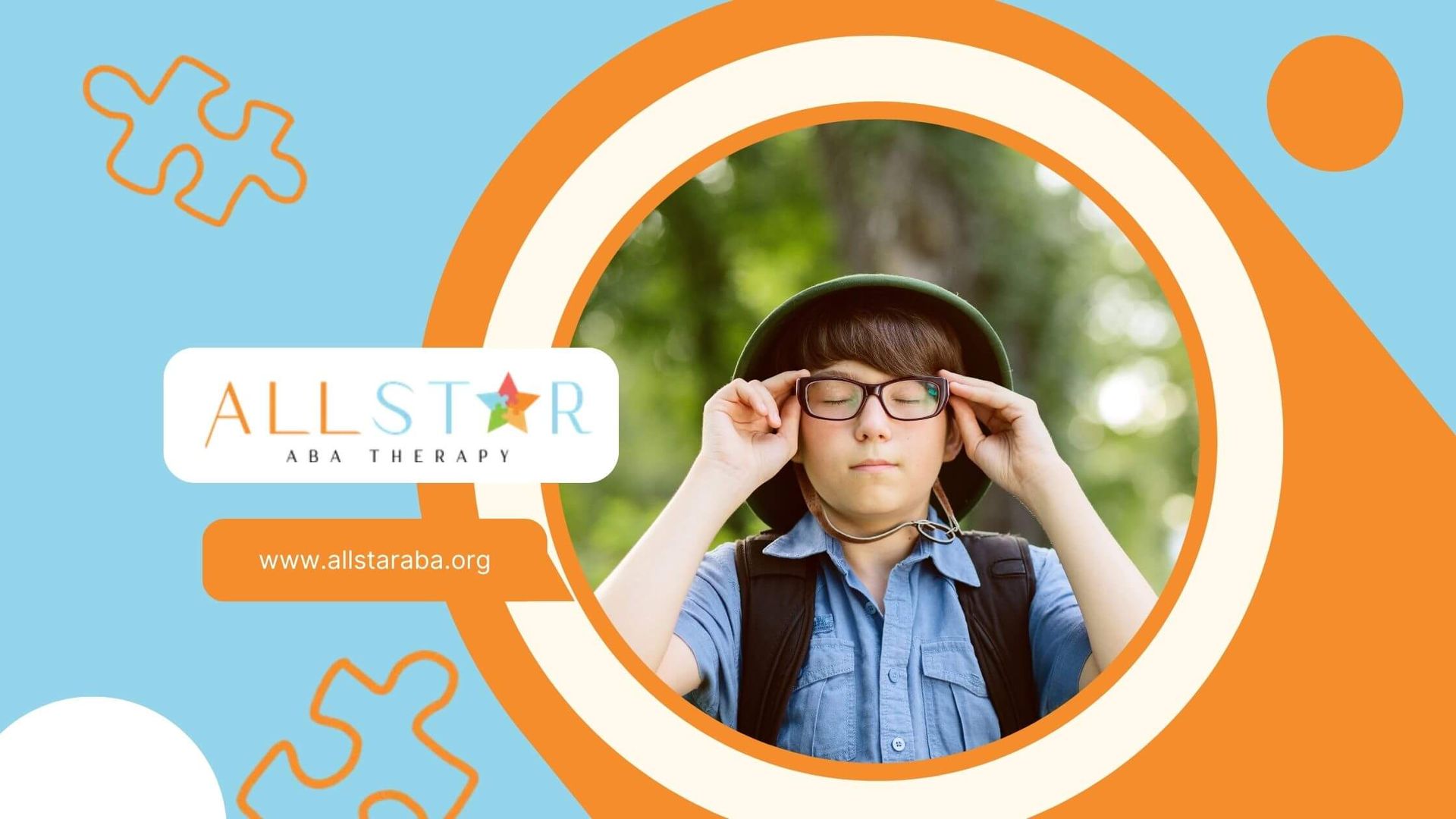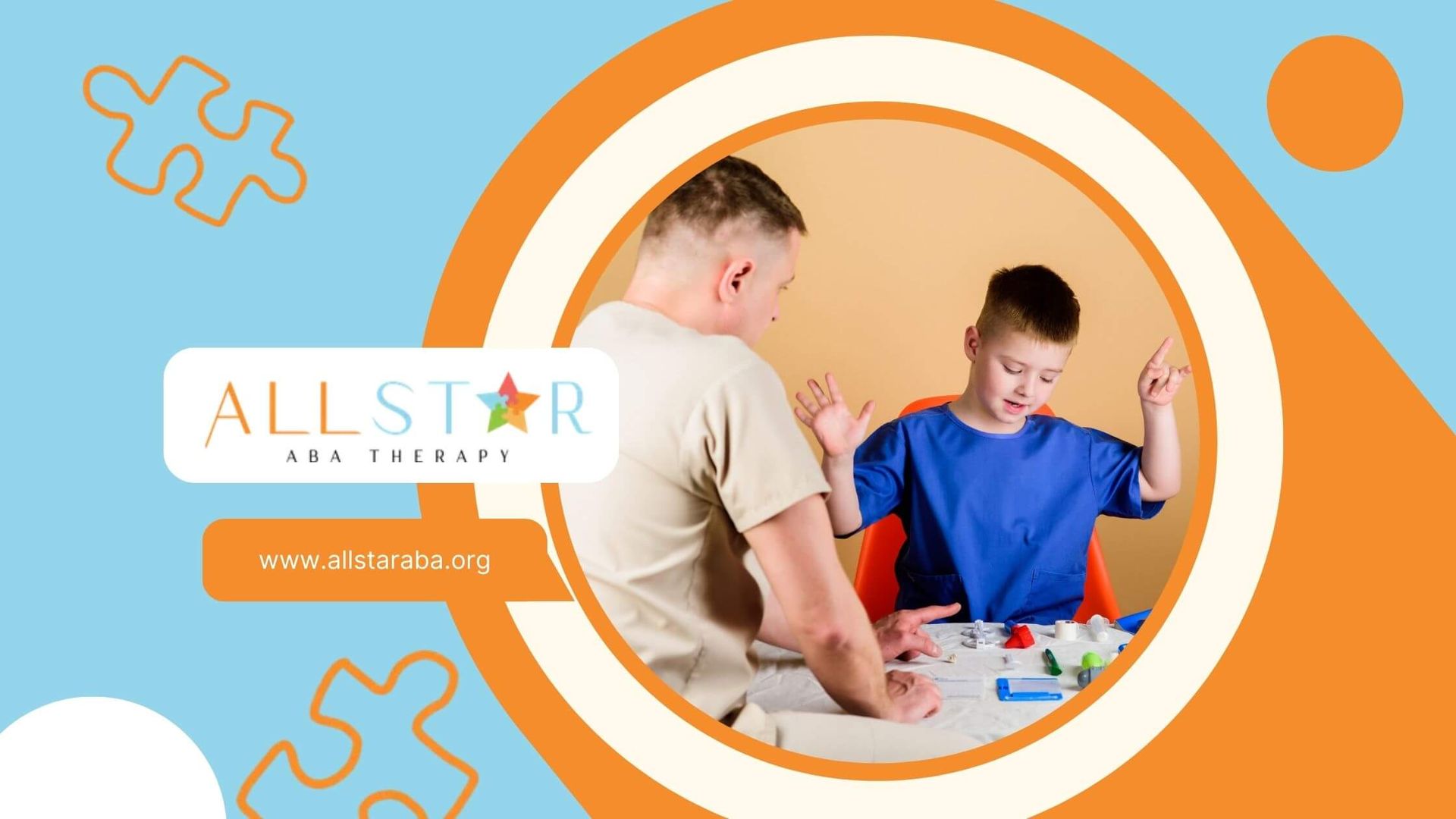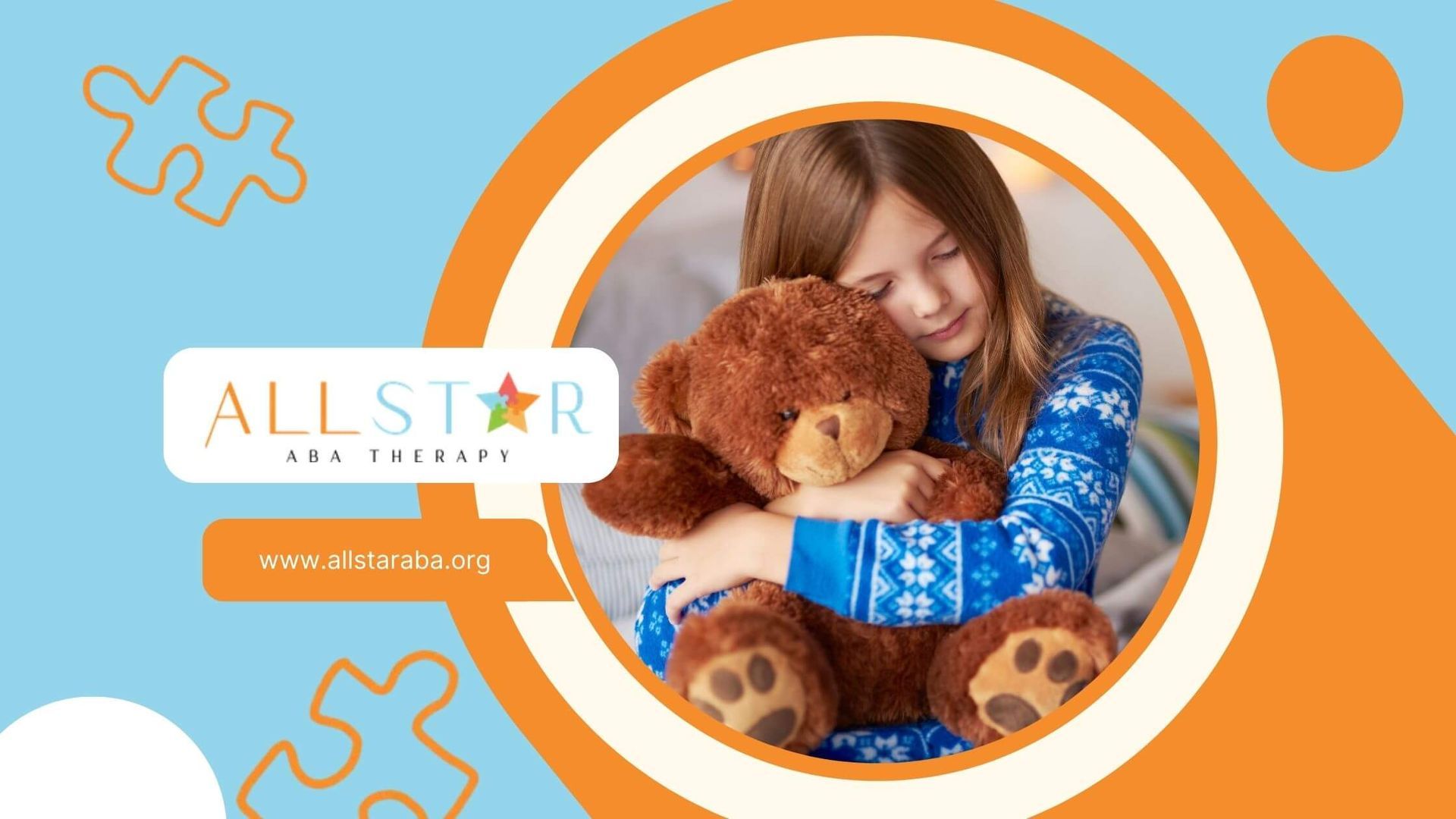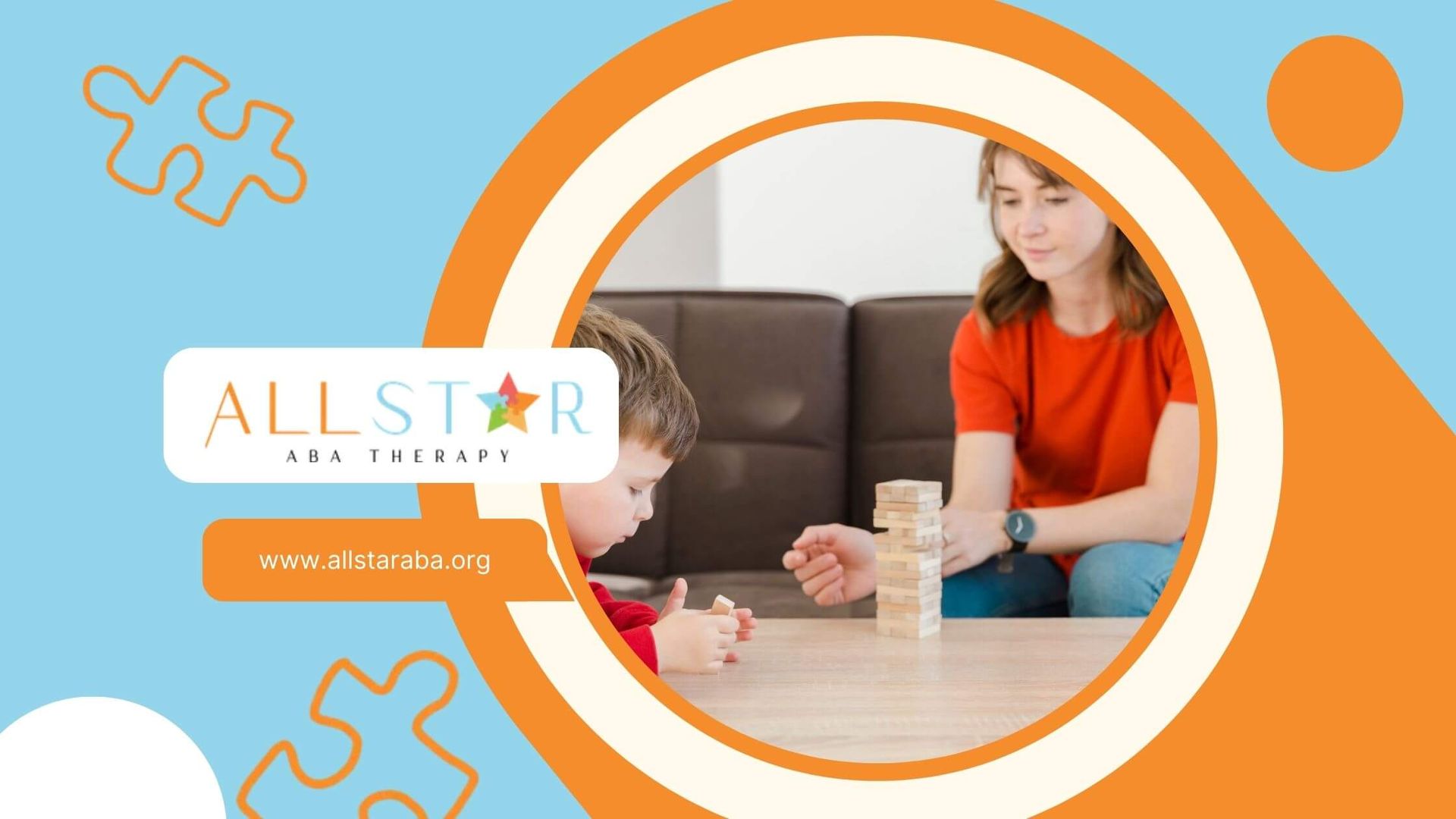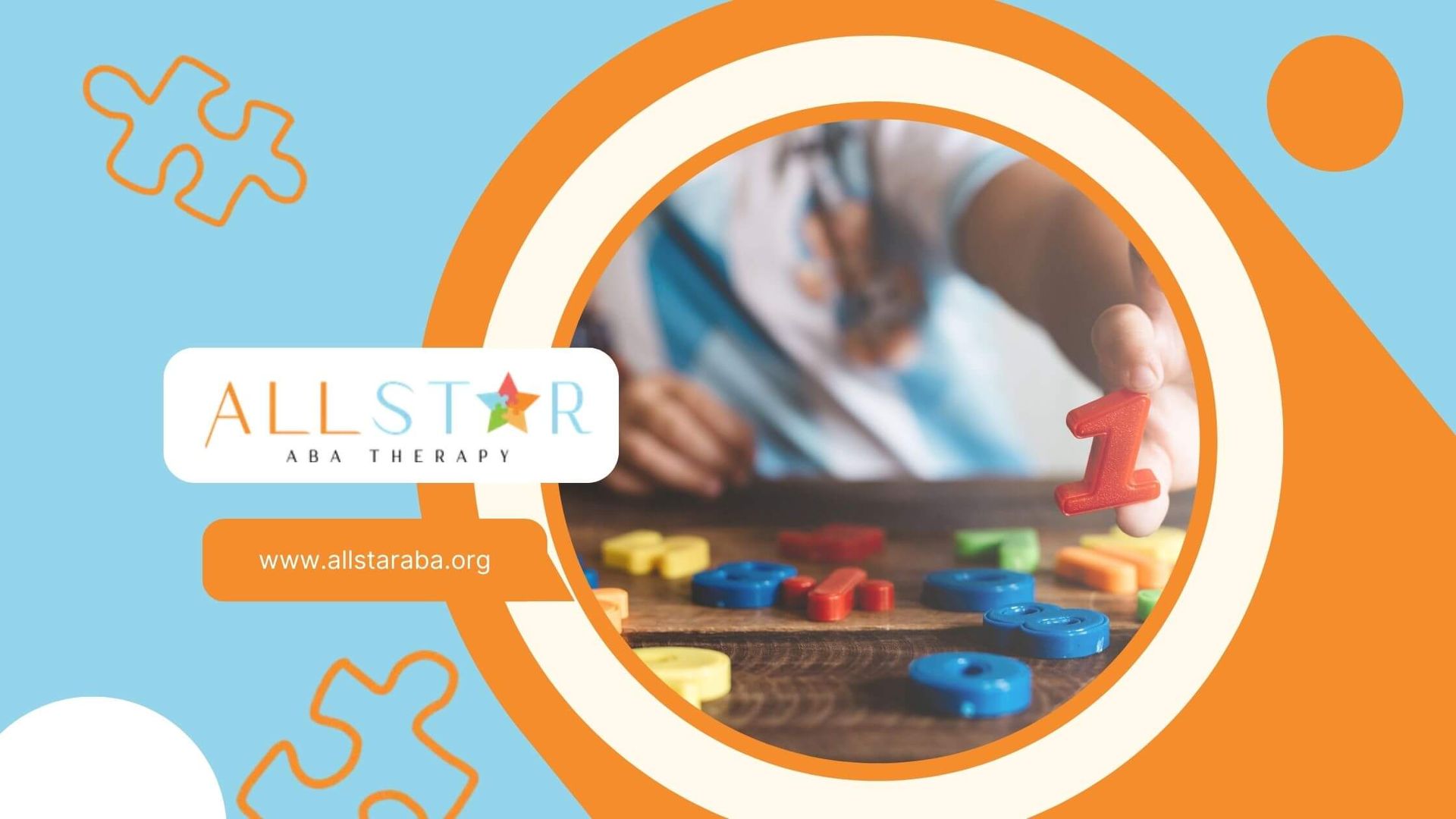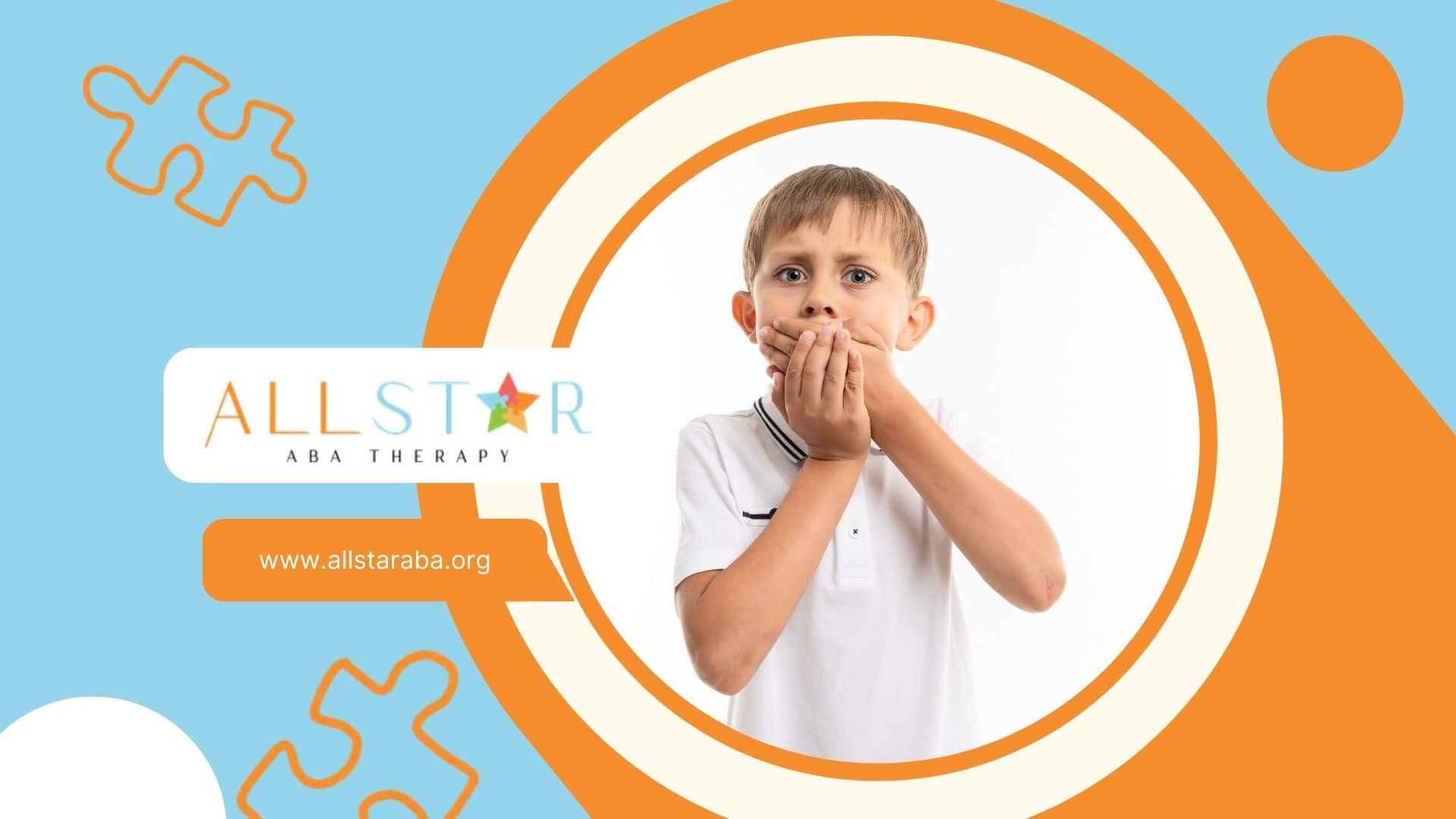New Paragraph
Insights and Information About Autism Spectrum Classifications
Getting to Know Autism Spectrum
What is Autism Spectrum?
Autism Spectrum Disorder (ASD) is a condition that affects how people interact, communicate, learn, and behave. Symptoms usually show up in the first couple of years of life. The term "spectrum" means there's a wide range of symptoms and how severe they are.
Over time, the way we classify autism has changed. The DSM-5 and ICD-11 now group what used to be separate diagnoses—like Autistic Disorder, Asperger Syndrome, and Pervasive Developmental Disorder Not Otherwise Specified (PDD-NOS)—into one category: Autism Spectrum Disorder.
How Autism Spectrum Affects People
Autism affects everyone differently. Some folks might have trouble with social interactions, communication, and behavior, which can impact their daily lives, relationships, and school experiences. Knowing the different levels of autism helps in providing the right support and interventions.
Here's a quick look at how autism can impact people based on severity levels:
| Level of ASD | Description | Potential Impact |
|---|---|---|
| Level 1 | Needs support | Might have trouble with social interactions and staying organized but can still communicate well. |
| Level 2 | Needs substantial support | Shows clear social communication issues and doesn't respond much to social cues. |
| Level 3 | Needs very substantial support | Faces severe challenges in communication and social interactions; might have significant behavioral problems. |
Understanding these levels helps parents, family members, teachers, and professionals offer the right resources and interventions. For more details on each level, check out our article on autism spectrum disorder levels. Knowing the unique traits of each level can also help in spotting mild autism symptoms and finding effective ways to support those with ASD.
Diagnosis and Evaluation
Why Early Diagnosis Matters
Catching Autism Spectrum Disorder (ASD) early can make a world of difference. According to the NIMH, doctors can usually spot ASD by age 2. The sooner you know, the sooner you can start treatments like speech therapy, behavioral therapy, and special education. These early steps can really boost a child's development.
Check out the table below to see how early diagnosis helps:
| Benefit | How It Helps |
|---|---|
| Better Communication | Improves language and social skills with the right therapies. |
| Stronger Social Skills | Helps kids make friends and interact better. |
| Academic Success | Supports learning in ways that fit the child's needs. |
| Long-term Support | Sets up a solid base for ongoing care and resources. |
Want to know more about the different levels of autism? Head over to our article on autism spectrum disorder levels.
The Adult Diagnosis Puzzle
Figuring out if an adult has ASD is a whole different ball game. Symptoms can be all over the place, often looking like anxiety or depression. This makes it tricky to get the right diagnosis. The NIMH suggests seeing a neuropsychologist, psychologist, or psychiatrist who knows their stuff about ASD for a proper evaluation.
Here's a look at some common hurdles in diagnosing adults:
| Challenge | Why It's Tough |
|---|---|
| Overlapping Symptoms | Symptoms can look like anxiety or depression, confusing the diagnosis. |
| Lack of Awareness | Many adults don't realize they might have ASD or what it looks like in grown-ups. |
| Insufficient Training | Some doctors aren't trained well enough to spot ASD in adults. |
| Variability of Symptoms | Adults with ASD show a wide range of symptoms, making it hard to pin down. |
Knowing these challenges is key for parents, family members, and professionals working with people on the autism spectrum. For more on diagnosing autism, check out our article on autism diagnosis criteria.
Types of Autism Spectrum
Getting a grip on the different types of autism spectrum classifications is crucial for parents, family members, teachers, and professionals working with folks who have Autism Spectrum Disorder (ASD). Here’s a rundown of the main classifications that were once recognized and where they stand now.
Kanner's Syndrome
Kanner's Syndrome, now just called autism or Autism Spectrum Disorder, is one of the most well-known types. It affects about 1 in 44 kids. Kids with this type often have trouble with social interaction, communication, and show repetitive behaviors. Catching it early and getting help can make a big difference in their lives.
Asperger's Syndrome
Asperger's Syndrome got lumped into the broader ASD category when the DSM-5 came out. But some experts still use the term to describe a less severe form of ASD. People with Asperger's usually have average or above-average intelligence but might struggle with social skills and nonverbal communication.
Rett Syndrome
Rett Syndrome is a neurodevelopmental disorder that almost only affects girls. It was taken out of the DSM-5 and isn't considered part of ASD anymore. Girls with Rett Syndrome usually develop normally at first but then lose hand skills and start showing repetitive hand movements.
Childhood Disintegrative Disorder
Childhood Disintegrative Disorder (CDD) used to be seen as a rare and more severe form of autism. It got absorbed into the ASD category with the DSM-5. It affects about 1.7 in 100,000 kids. Kids with CDD develop normally at first but then lose skills in multiple areas.
Pervasive Development Disorder Not Otherwise Specified
Pervasive Development Disorder Not Otherwise Specified (PDD-NOS) was also reclassified as ASD to make diagnoses more standardized. This category was for people who showed some signs of autism but didn’t fit neatly into the other types.
Knowing these classifications helps in understanding the different ways autism can show up and the various supports needed for those diagnosed with ASD. For more details on the specific levels of autism, check out our article on autism spectrum disorder levels. If you’re curious about mild autism symptoms or high-functioning autism characteristics, we’ve got more resources for you. To learn about the autism diagnosis criteria, feel free to dive into our further reading.
Levels of Autism Spectrum
Getting a grip on the different levels of Autism Spectrum Disorder (ASD) is a game-changer for parents, family members, educators, and anyone working with folks on the spectrum. These levels give us a peek into the kind of support and characteristics each person might need.
Level 1 ASD
Folks with Level 1 ASD need just a bit of help. They might find it tricky to chat with neurotypical people and could feel anxious in social settings. Planning and organizing? Not their strong suit. According to Verywell Health, Level 1 ASD is often called "high-functioning autism." These individuals can handle daily tasks but might stumble in social situations.
| Characteristic | Description |
|---|---|
| Support Needed | Minimal |
| Communication | Struggles with neurotypical interactions |
| Social Skills | Social anxiety and challenges |
| Organization | Trouble with planning |
Want to know more about mild autism symptoms? Check out our article on mild autism symptoms.
Level 2 ASD
Level 2 ASD folks need a good amount of support. They might have a hard time hiding their autistic traits and often show repetitive behaviors. Switching tasks or focusing on new things can be tough. The support needed here is more noticeable since they struggle with social communication and daily activities.
| Characteristic | Description |
|---|---|
| Support Needed | Substantial |
| Communication | Hard to mask traits |
| Repetitive Behaviors | Commonly seen |
| Focus | Difficulty shifting activities |
Level 3 ASD
Level 3 ASD individuals need a lot of support. They face big challenges in communication and expressing themselves, making it hard to say what they need. They're also at higher risk for neglect and discrimination. Repetitive behaviors are more obvious, and they face significant hurdles in daily life.
| Characteristic | Description |
|---|---|
| Support Needed | Very substantial |
| Communication | Struggles to express needs |
| Risks | High risk for neglect and discrimination |
| Repetitive Behaviors | Frequently engaged |
Curious about the autism diagnosis criteria? Dive into our article on autism diagnosis criteria. Knowing these levels helps caregivers and professionals give the right kind of support to those with ASD.
DSM-5 Criteria
Grasping the DSM-5 criteria is key to recognizing autism spectrum disorder (ASD). The DSM-5 rolled out in May 2013, shook things up in how autism gets diagnosed and labeled.
What's New in DSM-5?
The big shake-up in DSM-5 is lumping together what used to be separate diagnoses into one big umbrella: Autism Spectrum Disorder (ASD). This means conditions like Autistic Disorder, Asperger Syndrome, and Pervasive Developmental Disorder Not Otherwise Specified (PDD-NOS) are now all under ASD. Clinicians now have to stick to these new rules, so they better be up to speed.
The DSM-5 lays out three main social communication and interaction deficits for diagnosing ASD. These traits can't just be chalked up to developmental delays. Plus, there's a severity rating to help figure out how much these symptoms mess with someone's daily life.
| Old Diagnoses | New Label |
|---|---|
| Autistic Disorder | Autism Spectrum Disorder (ASD) |
| Asperger Syndrome | Autism Spectrum Disorder (ASD) |
| PDD-NOS | Autism Spectrum Disorder (ASD) |
Severity Levels in DSM-5
The DSM-5 breaks down autism into three levels based on how severe the symptoms are and how much help someone needs day-to-day. Here's the scoop:
- ASD Level 1: High-functioning autism. Folks here might need a bit of help but can mostly get by on their own. You might not even notice the symptoms unless things get tricky.
- ASD Level 2: These individuals need a good amount of support. They have more obvious issues with social interactions and communication.
- ASD Level 3: This is the severe end of the spectrum. People here need a ton of support due to major social and behavioral challenges.
Knowing these levels helps parents, family, teachers, and professionals give the right kind of support and interventions for those with autism. For more details on the symptoms at each level, check out our articles on autism spectrum disorder levels and mild autism symptoms.
Treatment and Support
Early Intervention Programs
Getting a jump start on helping kids with Autism Spectrum Disorder (ASD) can make a world of difference. Programs like Early Intensive Behavioral Intervention (EIBI) are game-changers for toddlers with ASD. These programs are all about tailoring strategies to fit each child's unique needs, giving them a boost right when they need it most.
Studies show that starting early can really help with communication, social skills, and everyday activities. The sooner a child gets into these programs, the better the results usually are. Plus, early intervention gives families the tools and know-how to support their child's growth effectively.
| Intervention Type | Key Focus Areas |
|---|---|
| Early Intensive Behavioral Intervention (EIBI) | Communication skills, social skills, adaptive behaviors |
| Play-based Therapy | Social interaction, emotional regulation, imaginative play |
| Speech Therapy | Language development, articulation, social communication |
Challenges with Early Intervention
But let's be real, early intervention isn't all sunshine and rainbows. Programs like EIBI need a lot of time and effort from both the child and their family. The structured nature of these programs can sometimes be a bit much, making it hard for families to juggle everything.
There's also the worry that intensive behavioral techniques might change a child's personality. Families need to keep things flexible and make sure the interventions fit naturally into the child's life. This helps keep the child comfortable and true to themselves.
For those wanting to dive deeper into the different levels of autism spectrum disorder, check out our page on
autism spectrum disorder levels. It's crucial for parents, family members, and professionals to stay updated with the latest research and strategies in this field.
| Level | Description | Support Needed |
|---|---|---|
| Level 1 | High-functioning autism | Some support |
| Level 2 | Needs substantial support | Significant help |
| Level 3 | Severe autism | Very substantial support |
Need Support?
We're Here to Help!
Our experienced team is ready to assist you. Reach out today to discuss how we can support your child's development and well-being.
Get started with expert ABA therapy today.



